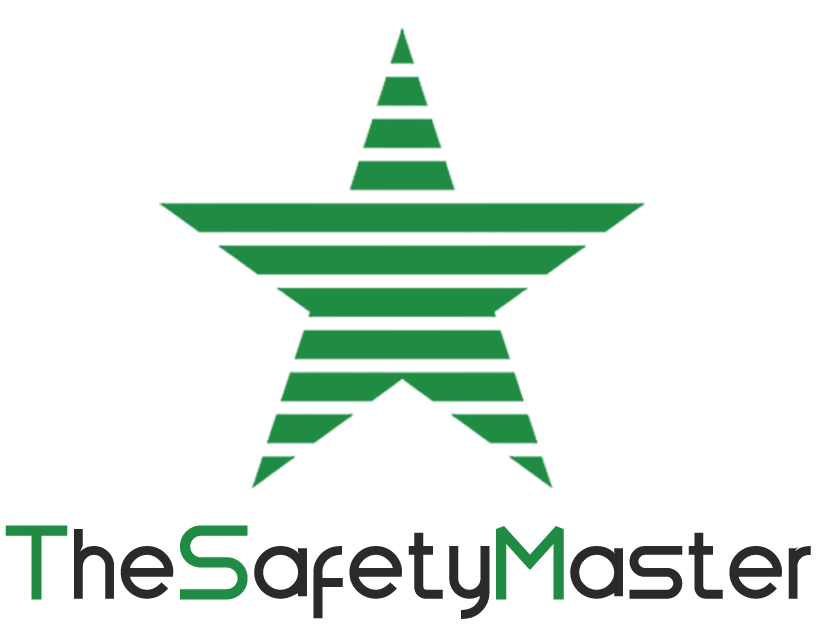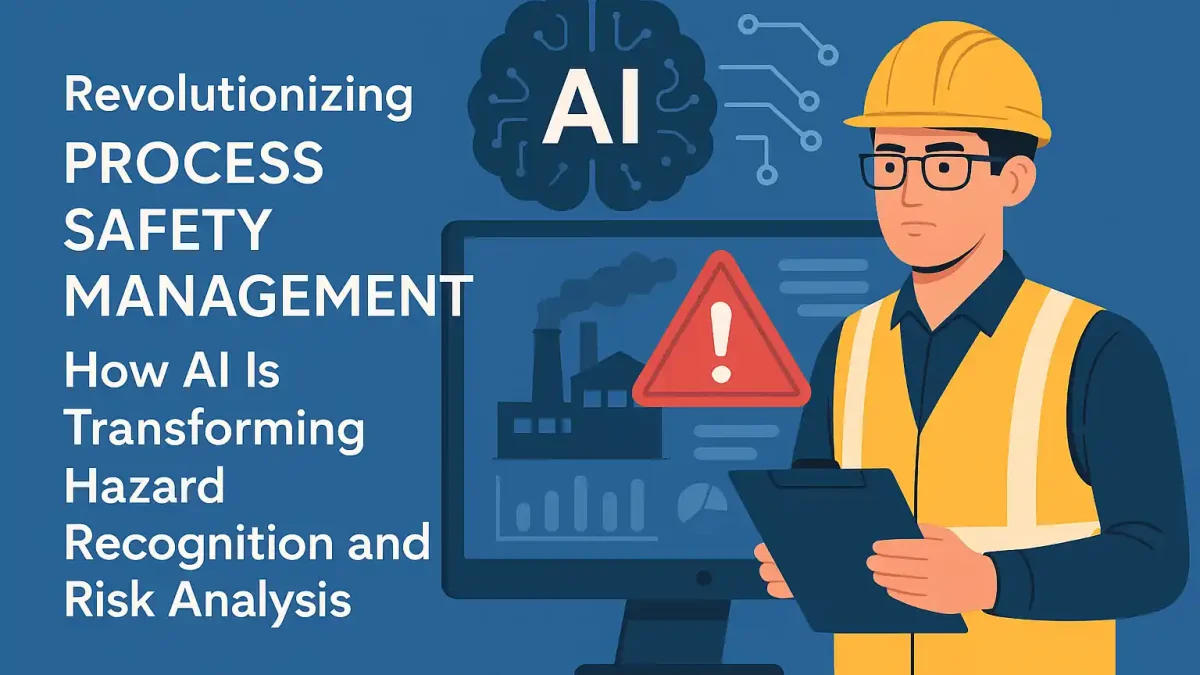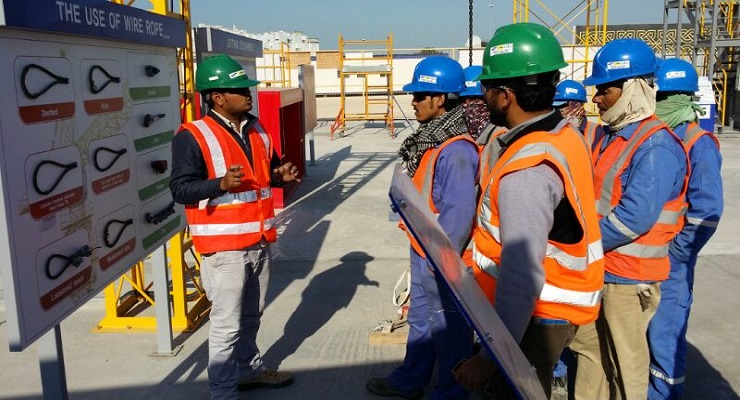Revolutionizing Process Safety Management: How AI Is Transforming Hazard Recognition and Risk Analysis

How IoT, AI, and Drones Are Revolutionizing the Fire Safety Audit Process
July 11, 2025
AI Safety in the Workplace: How Artificial Intelligence is Transforming Occupational Health & Safety in 2025
August 14, 2025In today’s industrial landscape, the margin for error is shrinking, while the complexity of operations is growing. Traditional safety systems, while robust, are reaching their limits in managing the scale and intricacy of modern-day hazards. This is where artificial intelligence (AI) is beginning to revolutionize Process Safety Management — not by replacing human expertise, but by amplifying it.
The Evolution of Risk Identification
Historically, industries have relied on manual methods and expert judgment to predict, assess, and prevent hazards. While tools like the Hazop Study have been invaluable for structured hazard identification, AI introduces a layer of predictive precision. AI systems can process thousands of real-time data points from sensors, process logs, and incident histories to identify patterns invisible to the human eye. This enhances the scope of risk recognition far beyond traditional methodologies.
AI-Driven Hazard Recognition: A Game Changer
AI-powered tools leverage machine learning algorithms to simulate and analyze complex processes. These systems can detect anomalies early, alerting teams to deviations that may signal the onset of a hazardous situation. In sectors like oil & gas, chemicals, and pharmaceuticals, AI tools can predict events like equipment failure, gas leaks, or chemical reactions long before they escalate.
Furthermore, AI platforms can continuously learn from new data, improving their predictive capabilities with each incident or near-miss report. This makes them indispensable allies in the continuous improvement of safety practices.
Enhancing Risk Analysis Through Big Data
AI thrives on data — and when applied to safety management, it transforms vast information sets into actionable insights. Real-time monitoring systems powered by AI can assess operational risks minute by minute. These tools can prioritize risks, suggest mitigation strategies, and even model the potential outcomes of different interventions.
By integrating historical accident reports, safety audits, and process data, AI supports dynamic risk analysis — helping safety professionals make faster and more informed decisions.
AI in Proactive Auditing and Compliance
Routine safety audits are often conducted periodically, leaving potential risks undetected in the interim. AI bridges this gap through predictive analytics and continuous monitoring. For instance, AI-integrated audit platforms can flag non-compliance in real-time, offering immediate corrective recommendations.
Whether it’s a Safety Audit or a Fire Audit, AI technologies are helping organizations ensure round-the-clock compliance, even in highly regulated environments. Automated checklists, digital twins, and smart sensors can now verify parameters that once required manual inspection.
The Role of AI-Powered Safety Consultants
The integration of AI doesn’t eliminate the need for human intervention—it elevates it. Modern-day safety professionals are leveraging AI tools to supplement their expertise with data-driven insights. A skilled Safety Consultant who understands AI-enabled systems can interpret complex models, fine-tune recommendations, and make judgments that algorithms alone cannot.
This synergy between AI and human expertise ensures that organizations not only detect and assess risks effectively but also foster a proactive safety culture rooted in continuous learning.
Future Outlook: Predictive and Prescriptive Safety Management
As AI continues to mature, its role in safety management will shift from being predictive to prescriptive. This means systems will not only forecast potential incidents but will also suggest optimized responses — and eventually, autonomously execute predefined safety protocols.
With the development of natural language processing, computer vision, and intelligent automation, AI tools will also become more intuitive, making safety solutions more accessible across different levels of an organization.
Conclusion
AI is ushering in a new era of proactive, data-driven safety practices. From enhancing hazard recognition through real-time data to supporting strategic decision-making during Process Safety Management, its impact is profound and far-reaching. Organizations that harness this power in partnership with seasoned professionals and proven methodologies like Hazop Study, Fire Audit, and Safety Audit will not only meet regulatory standards but set new benchmarks in industrial safety.
By working alongside an experienced Safety Consultant who embraces AI technology, industries can foster safer, smarter, and more resilient workplaces for the future.




